Carbs are a hot nutrition topic, but how much is grounded in strong science, how much is speculative theory, and how much goes against scientific knowledge to promote book sales, products, or TV ratings? Sadly, much falls into the latter categories.
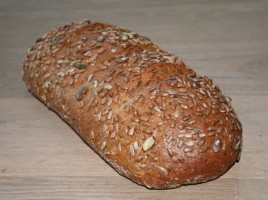 Carbs are an energy-providing nutrient, along with fats and proteins. As U.S. rates of obesity and obesity-related diseases (Type 2 diabetes, heart disease, and cancer) have risen, so has carb consumption, leading some to quickly blame carbs as the obesity villain, the evil in our diets needing to be purged. From this hasty conclusion came a mega-industry of low-carb diet books, cookbooks, “expert” advice, and food products. But much evidence was ignored.
Carbs are an energy-providing nutrient, along with fats and proteins. As U.S. rates of obesity and obesity-related diseases (Type 2 diabetes, heart disease, and cancer) have risen, so has carb consumption, leading some to quickly blame carbs as the obesity villain, the evil in our diets needing to be purged. From this hasty conclusion came a mega-industry of low-carb diet books, cookbooks, “expert” advice, and food products. But much evidence was ignored.
In the 1970s, a recommendation to reduce the percentage of calories from fat was made to address heart disease. This was acted on, but not exactly in the way you might think. Over the next 25 years, people reduced fat from 36% to 33% of calories, but not by drastically eating less fat. Instead, the percentage of fat decreased because total calorie consumption increased. The source of these extra calories? Carbs, including many from “fat-free” and “low-fat” foods. These extra calories became body fat. Carbohydrates, not total calories, were blamed for obesity, despite the following essential functions of carbohydrates:
- Critical source of energy as blood glucose
- Component of DNA and RNA
- Structural components of cell membranes
- Protein-sparing action, so essential amino acids can be used for body’s protein-making needs
- Needed to burn fat for energy
- Dietary fiber improves lipid metabolism, digestive health, satiety.
Maintaining blood glucose is essential for life. When low-carb diets don’t provide enough carbs, the body has to metabolically convert fat and protein to glucose, causing undesirable effects. Fat conversion results in accumulating ketones which can damage the kidneys and liver. Body muscle breakdown reduces the metabolic rate. Protein conversion results in accumulating nitrogen which can damage the kidneys. The body’s ability to build and repair tissues, cell structures, DNA, enzymes, antibodies and other components is severely compromised.
Low-carb diets are typically very low in fruits, vegetables, dairy, and whole grains. These foods provide abundant vitamins, minerals, fiber, antioxidants, and phytochemicals, and are the very foods recommended for overall health, heart health and cancer prevention. Without these foods, the risk of nutrient deficiencies and chronic diseases increases significantly.
So, how much is enough?
Between 45-65% of calories as carbs is recommended (225-325 grams @ 2000 calories) with 14 grams of dietary fiber per 1000 calories, and 6-10 grams/day of soluble fiber daily.
To minimize blood glucose fluctuations, distribute carbs among three meals and include some fat, protein, and fiber in meals. As low as 40% carbs may be safe and healthy in certain circumstances. For example, the Mediterranean Diet allows carbs as low as 40% if monounsaturated fats + carbs = 60-70% of calories.
Refined sugars should be < 5% of calories (25-35g) because of weight gain. The American Heart Association website makes this reason clear:
“Although sugars are not harmful to the body, our bodies don’t need sugars to function properly. Added sugars contribute additional calories and zero nutrients to food.”
For people with high triglycerides, limiting fructose to < 100 grams/day may be beneficial.
What about glycemic index? This doesn’t account for important variables such as typical portion size, ripeness, cooking methods, multiple-food meals, individual response variations, and nutrient content.
So eat your carbs. And be a smart consumer of health and nutrition information. Use common sense. Don’t blindly accept and follow. Look at the studies, dig deep, ask hard questions. And stay centered on the core nutrition principles: whole foods, balance, variety and moderation.
 Libby Lamancusa, M.S., R.D., L.D. is a nutrition consultant from Ashton, Maryland. She serves as an instructor in the Washington Metropolitan Oasis Center.
Libby Lamancusa, M.S., R.D., L.D. is a nutrition consultant from Ashton, Maryland. She serves as an instructor in the Washington Metropolitan Oasis Center.

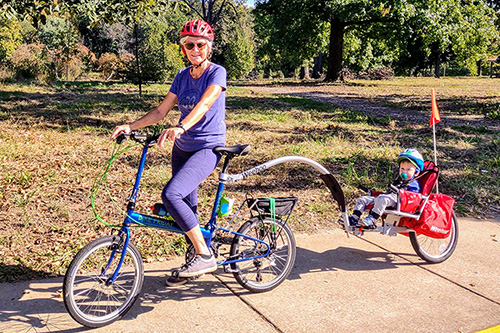
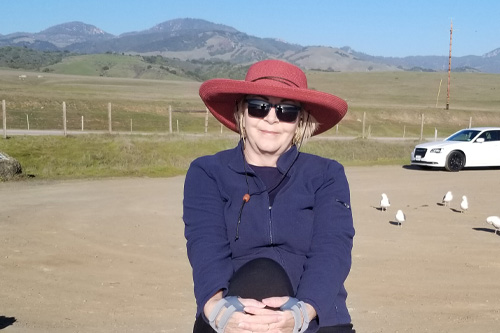
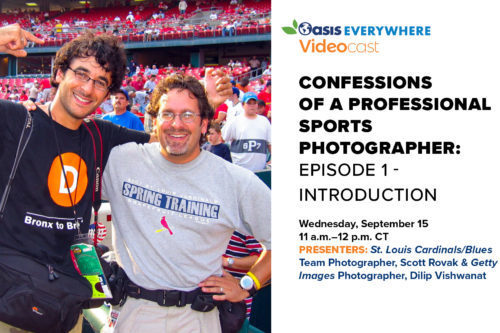
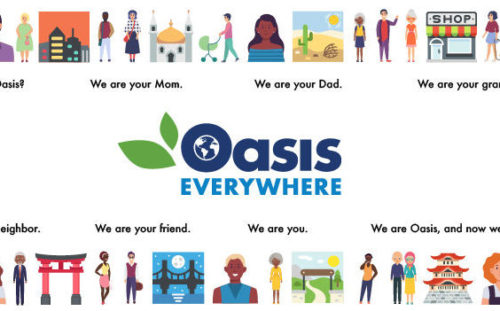
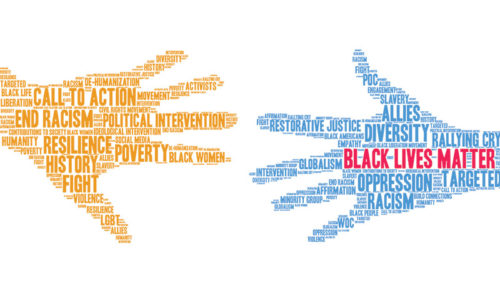
Leave A Comment
You must be logged in to post a comment.